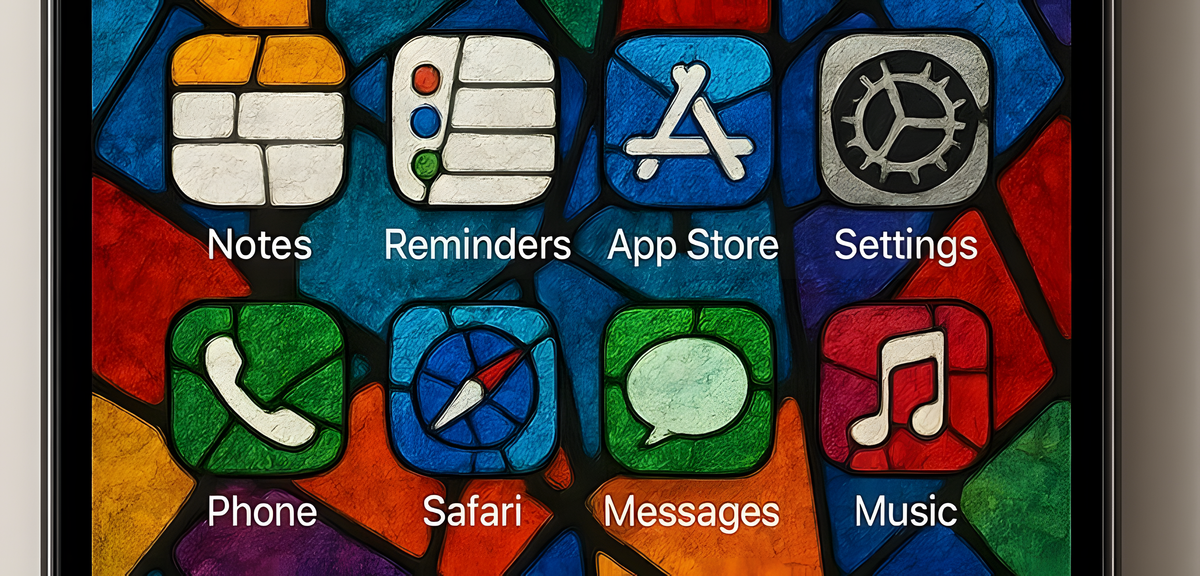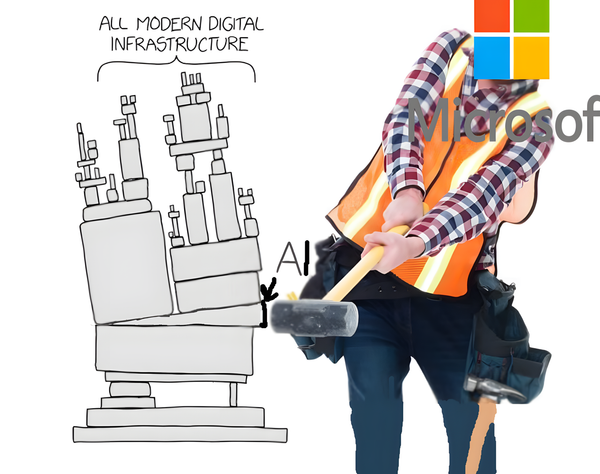The Managers' Guide #108

Why do we say 'slept like a baby'? Babies wake up every two hours crying. I want to sleep like my cat. 14 hours, no responsibilities, zero regrets.
5 things I learned from 5 years at Vercel
“When I joined in 2020, we were 30 people and had crossed $1M ARR. Today, Vercel is 650 people and over $200M ARR. During that time, I went from IC to VP and worked on DevRel, product, community, docs, and more.”
- ✨ High Quality Bar - Vercel operates with a commitment to making every detail exceptional — from product to documentation. This principle fosters a culture where everyone is pushed to deliver work that is not just good, but “the best in the world”.
- ⚡️Everything Can Be Done Faster - This is a mindset of urgency and removing friction — not about rushing, but about constantly optimizing processes to increase velocity and execute with intention, challenging the assumption that things have to be slow.
- 🙌 Hire Your Fans - Vercel’s strategy is to hire people who are already passionate users of their products — this builds a team that is deeply invested, understands the customer, and genuinely believes in the mission.
- 🏡 Go Hard At Work, Then Go Home - The culture promotes intense, focused work during business hours while actively respecting personal time — discouraging work on nights and weekends to ensure a sustainable pace and prevent employee burnout.
- 🛠️ Eat Your Own Dog Food - Vercel is the first and most critical user of its own products — every employee uses the platform daily, which creates a rapid feedback loop for finding bugs and improving the user experience before it reaches customers.
Why Your Brain Thrives on Uncertainty
- 🧠 Our Deep-Seated Fear — Humans have a powerful cognitive bias called “uncertainty aversion”, which makes us prefer a known, negative outcome over an unknown, potentially positive one. We’d rather have a guaranteed bad answer than live with the anxiety of a “maybe”.
- 😟 Anxiety's Favorite Fuel — This aversion to the unknown is a primary source of modern anxiety. It’s what keeps people trapped in bad jobs or relationships, simply because the certainty of misery feels safer than the uncertainty of change.
- 🌱 Uncertainty as Opportunity — The article's core message is to reframe uncertainty not as a threat, but as the “fertile ground for everything interesting”. It’s the necessary ingredient for all possibility, surprise, growth, and new experiences.
- 📜 Certainty is a Prison — A life with total certainty would be a pre-written, predictable script with no room for free will or discovery. The author argues that embracing uncertainty is what makes life an adventure rather than a “slow, boring march to the grave”.
- 🎢 Getting “High” on the Unknown — The goal is to learn to sit with the discomfort of not knowing and transform that feeling from fear into exhilaration. Getting “high on uncertainty” means finding energy and excitement in the vast expanse of what could be.
The #2 Behavior Leaders Neglect
- 🔍 The Neglected Behavior is asking questions. The first is being honest. The core idea is that curiosity is more powerful than “congealed brilliance.”
- 💡Confidence, Not Arrogance - Great questions stem from confidence, not weakness. A leader must be secure enough to admit they don’t have all the answers. The article frames leaders who don’t ask questions as insecure “know-it-alls with a closed mind”.
- 🔑 How to Ask Great Questions - The post offers three expert tips: have the confidence to ask bold questions (Warren Berger), soften questions by using the word “might” (Bob Tiede), and maintain a commitment to lifelong learning to prevent pride from killing curiosity (Mark Miller).
- ✅ Transformational Questions - The article provides several powerful, actionable questions, such as the “pre-mortem” exercise: “Imagine we failed. What didn’t we do?” These questions are designed to challenge assumptions and transform thinking, not just inform.
- 🌱Curiosity Breeds Autonomy - A key takeaway is that when leaders model curiosity, they inspire their team members to seek solutions on their own. As a practical tip, the author suggests to “never hire someone who doesn’t ask questions during the interview.”
My Approach to Building Large Technical Projects
by Mitchell Hashimoto
- 🗺️ Start with a README - Before writing any code, create a detailed README. This forces you to articulate the project's vision, goals, and non-goals, acting as a foundational “North Star” that guides all future development and decisions.
- 🏗️ Build Vertically, Not Horizontally - Instead of building out entire layers (e.g., all the UI, then all the API), the advice is to build a complete, end-to-end “vertical slice” of a single feature. This approach delivers tangible value much sooner and validates the entire tech stack early.
- 🐶 Dogfood, Dogfood, Dogfood - The article heavily emphasizes being the first and most active user of your own product. This creates the tightest possible feedback loop, allowing you to find bugs, identify usability issues, and truly understand the user’s experience before anyone else.
- 🎯 Race to Get Your First Real UserAfter you are using the product yourself, the next critical milestone is getting a single, external user successfully onboarded. This forces you to solve real-world problems like installation, documentation, and distribution, providing invaluable early validation.
- 🗑️ Treat Code as a Liability and Delete It - Code isn't an asset; it’s a liability that creates a maintenance burden. The post argues for being ruthless about deleting unused code and features to reduce complexity, lower maintenance costs, and maintain project focus.
Who Pays the Ego Toll?
- 💸 The Ego Toll Defined - The “Ego Toll” is a hidden tax imposed by an individual’s need to be right or seem smart. It forces others to perform extra emotional labor, justification, and bureaucratic work simply to navigate that person’s ego.
- 👥 Who Pays the Price - The toll is rarely paid by the person who levies it. It’s paid by the team — in wasted time, decreased psychological safety, and stifled creativity. They are the ones who must attend “pre-meetings”, soften language, or create exhaustive documents for trivial decisions.
- 🎭 A Culture of Performance - This toll manifests as “performative” behaviors — like asking questions you already know the answer to, nitpicking details for the sake of it, or demanding excessive justification, all to reinforce one’s own status rather than improve the work.
- 🐌 Organizational Drag - The ultimate cost of the ego toll is organizational drag. It grinds progress to a halt, kills momentum, and creates a culture of fear where people are afraid to share early ideas, leading to less innovation and slower outcomes.
- 🪞A Call for Self-Awareness - The article is a call for self-reflection, especially for leaders. The key question to ask is not “Am I right?” but rather, “Is my need to feel important making it harder for others to do their best work?”
That’s all for this week’s edition
I hope you liked it, and you’ve learned something — if you did, don’t forget to give a thumbs-up, add your thoughts as comments, and share this issue with your friends and network.
See you all next week 👋
Oh, and if someone forwarded this email to you, sign up if you found it useful 👇



